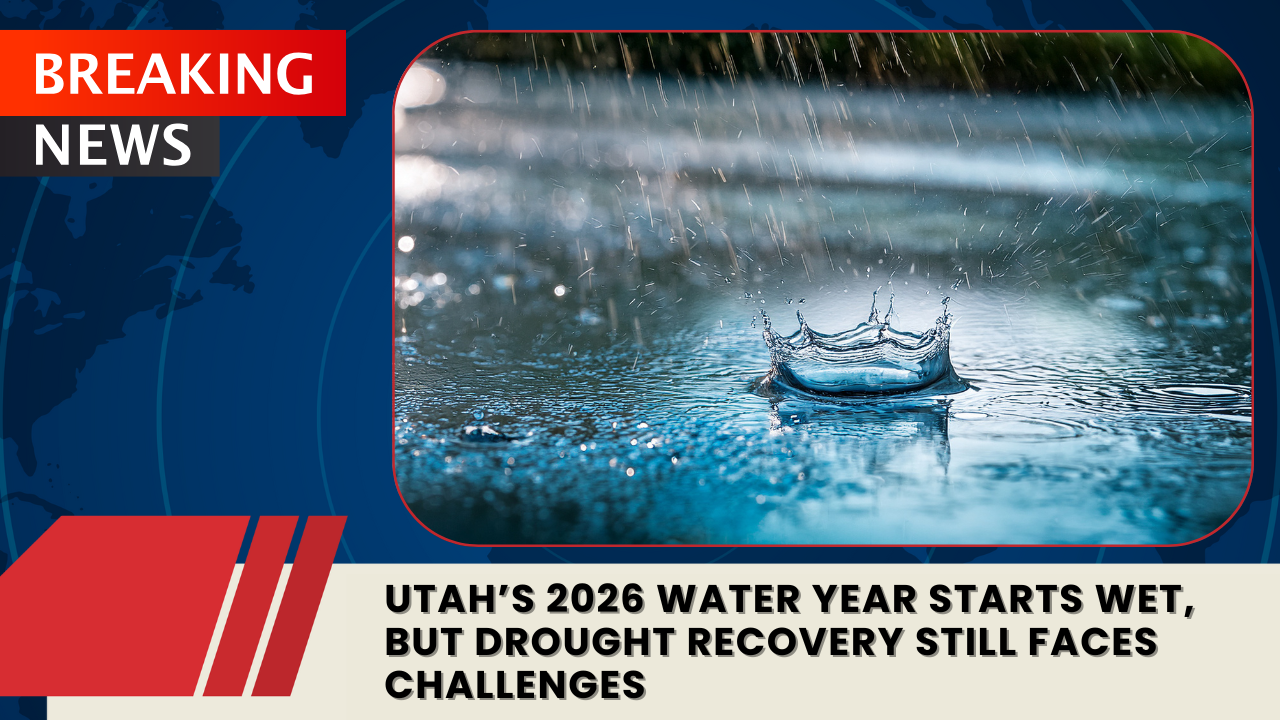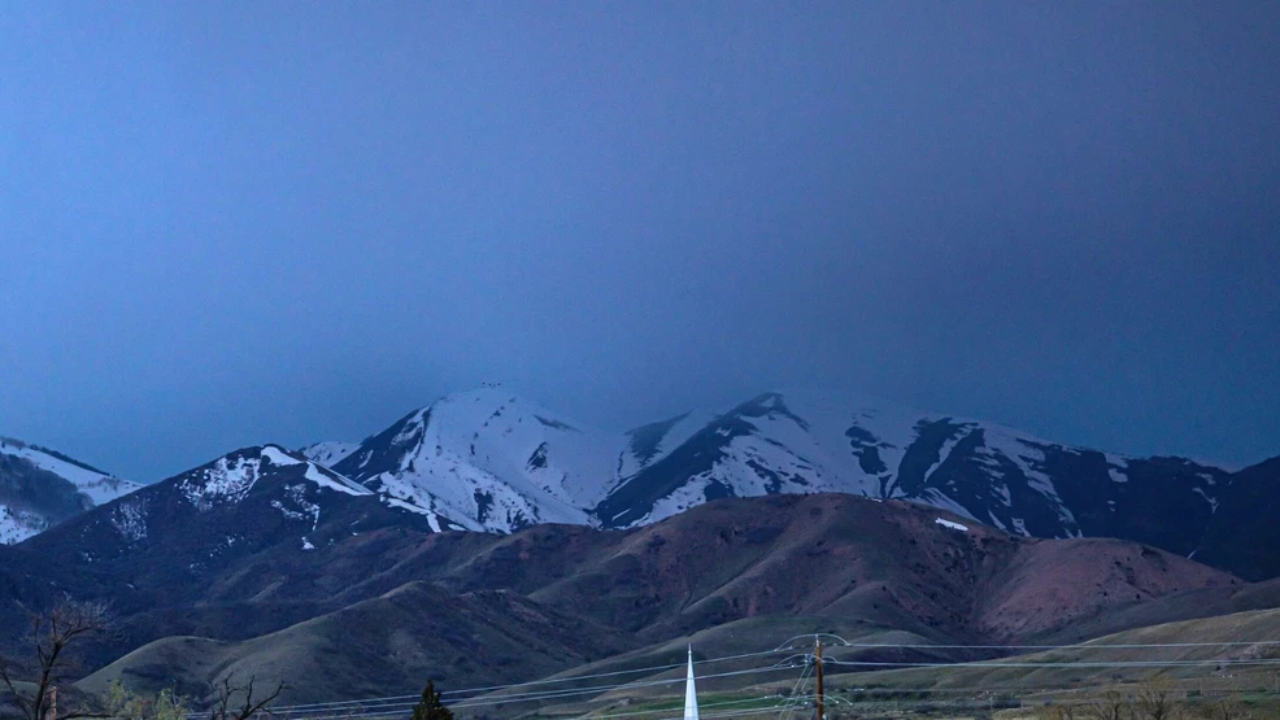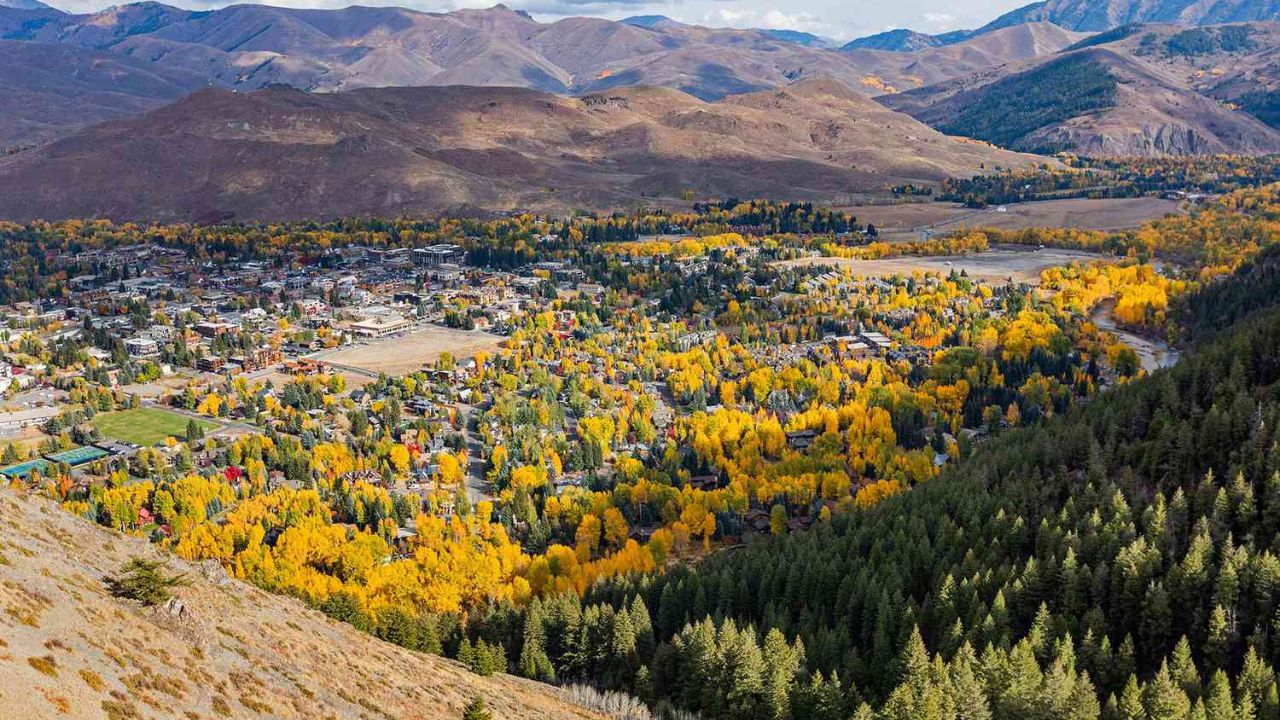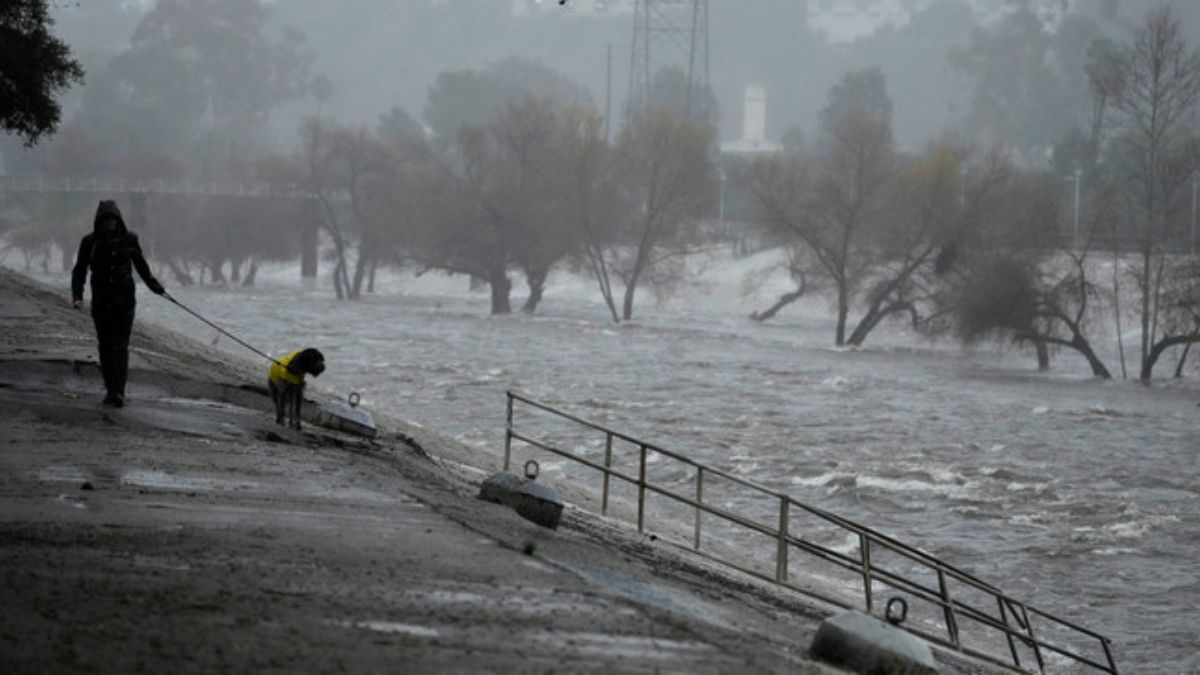SALT LAKE CITY — After one of the wettest Octobers in recent history, Utah is seeing a promising start to its 2026 water year. But state officials caution that while the recent storms have provided a much-needed boost, Utah’s drought recovery remains far from over.
According to a state update released Tuesday by the Utah Division of Water Resources, rainfall totals across the state’s mountain regions have been exceptional. In the first three weeks since the new water year began on October 1, Utah recorded an average of 3.2 inches of precipitation across 115 mountain sites. That figure is more than double the 30-year median and less than an inch below the record-high level since tracking began in the 1980s, according to the Utah Natural Resources Conservation Service.
“This is a great start to the water year, but we have a long road ahead,” said Candice Hasenyager, director of the Utah Division of Water Resources. “Yes, we needed this moisture, but one strong month doesn’t erase years of drought.”
Record-Breaking October Rainfall
The month’s moisture has shattered records across multiple regions. Salt Lake City is currently experiencing one of its five wettest months in 151 years, even if no additional rain falls before the end of October. Southern Utah and areas around the southern Great Salt Lake have also seen above-normal precipitation, marking a significant shift from the dry trend of recent years.
Despite the rainfall, 98% of Utah remains in at least moderate drought, with 60% of the state still classified as severe or extreme.
A Recovery from a Dry 2025
Utah’s 2025 water year ended on a disappointing note, with statewide precipitation averaging just 83% of the 30-year median, a deficit of roughly five inches. Salt Lake City alone fell 4.77 inches below normal. State officials said Utah was on pace to experience its 10th-driest water year since 1895 before the recent weather shift.
The National Centers for Environmental Information has yet to release its full precipitation report for 2025 due to the federal government shutdown, delaying official comparisons to other years.
Soil Moisture and Snowpack Show Promise
While most of Utah is still under drought conditions, one bright spot is improved soil moisture. Current levels across mountain monitoring sites are about 10 percentage points higher than the average for this time of year.
“In dry years, the ground acts like a sponge, soaking up snowmelt before it can run off into reservoirs,” state officials explained. “Because our soils are now well-saturated, they are primed for a more efficient spring runoff.”
That matters because about 95% of Utah’s water supply comes from mountain snowpack. Early snow has already fallen in the Wasatch Backcountry, including near Bloods Lake, but it’s too soon to tell how strong the snow season will be. Last winter’s results were mixed — northern Utah benefited, while central and southern Utah remained drier.
Reservoirs Holding, But Below Peak
Utah’s reservoir system reached 87% capacity earlier this year before dropping during the hot, dry summer. It now sits at 60% full — about 12 percentage points lower than last October, but still six points above the long-term median for this time of year.
The recent rains and early snow have helped stabilize conditions, but experts emphasize that several consecutive wet seasons will be needed to truly reverse the state’s multi-year drought.
“Storms like these give us hope,” Hasenyager said. “But to fully recover, we need sustained moisture across multiple seasons and continued water conservation at every level.”



